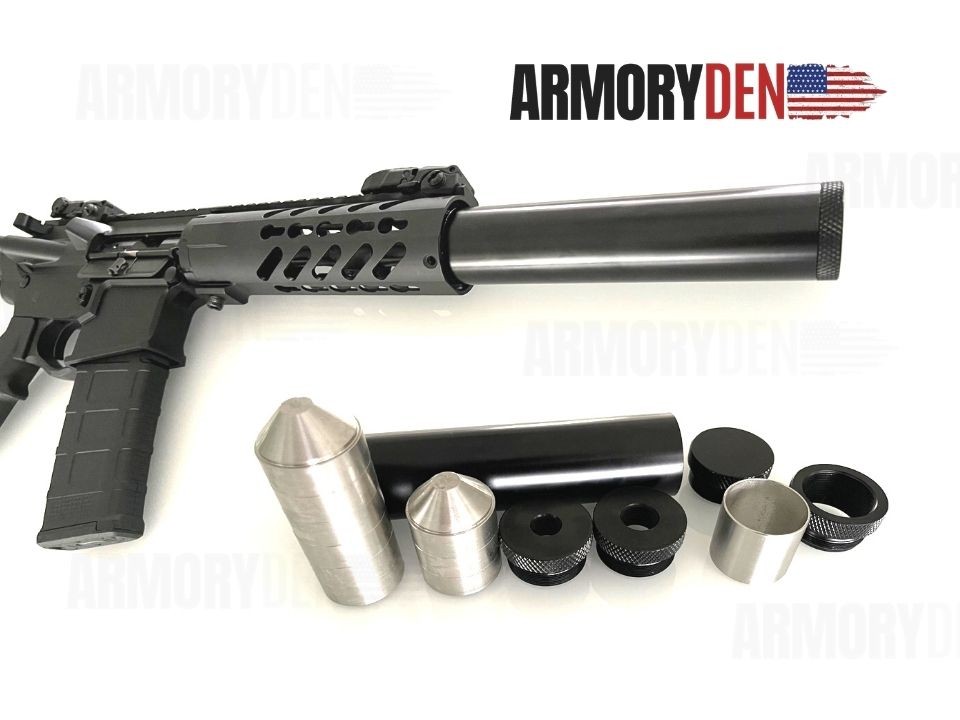A solvent trap is a firearm cleaning device that is devised to trap cleaning solvent for proper waste disposal. Solvents feature cups known as dividers that trap waste products during the cleaning process. However, if you go online and search for a solvent trap, you get different results, one of which is their dimensions. Solvent traps are classified by dimensions, which are often known as cells.
If you want to avoid buying a solvent trap that doesn’t match your firearm, you need to understand the different types of cells available. There are two major classifications of solvent traps: C Cell Solvent Trap and D Cell Solvent Trap. In this article, we will discuss the major difference between the two solvent trap cells.
The Difference Between C Cell Solvent Trap and D Cell Solvent Trap
For the people that use solvent traps regularly, it is easier to distinguish between the solvent trap cells. But that is not the case for everyone. One of the major differences between both solvent traps cells is that C cell solvent traps have a smaller dimension than the D cell solvent traps.
Solvent Trap Tubes
These are the casing for the cup and substances it holds. The top-quality solvent trap tubes are usually made of aluminum, titanium, and carbon steel to keep them effective while containing the debris and cleaning solution. The solvent trap tubes offer different classifications based on the cell sizes that are compatible with your firearm.

When it comes to solvent trap tubes, the C cell solvent trap has an internal and exterior diameter of 1.03 inches and 1.23 inches, respectively. On the other hand, the D cell solvent trap has an internal and external diameter of 1.18 inches and 1.157 inches, respectively.
End Caps
Another major difference between C cell and D cell solvent trap is the end caps. The end caps are designed to catch the byproduct during the cleaning process. End caps are threaded to allow easy attachment to the solvent trap tube, cleaning, and disassembly. This is also another area where you need to be careful when shopping for a solvent trap.
The threading of the solvent trap and the size of the end cap you are buying need to be compatible with your firearm thread. Most of the C cell solvent traps on the market are limited to a thread mount of 1/2 X 28. In contrast, D cell solvent traps have more thread protector sizes, which include 5/8 X 24 and 1/2 X 28.
Conclusion
Solvent traps are great devices that help make your firearm cleaning process more efficient and less messy. When shopping for a solvent trap, you need to ensure you purchase the items that are compatible because a C cell solvent trap accessory won’t be compatible with a D cell solvent trap kit. With the difference between the two solvent trap cells discussed above, you should find it easy to choose the right option for your need. Visit armoryden.com if you are looking to buy any type of high-quality solvent trap.

